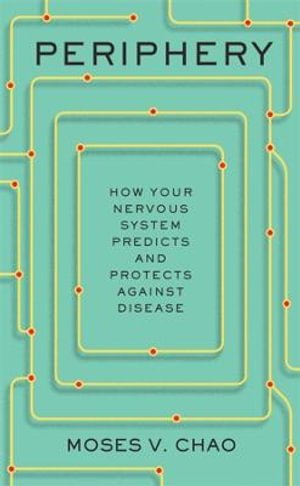
PublishedHarvard University Press, April 2024 |
ISBN9780674972308 |
FormatHardcover, 192 pages |
Dimensions21cm × 14cm × 1.9cm |
A leading neuroscientist argues that the peripheral nervous system, long understood to play a key role in regulating basic bodily functions, also signals the onset of illness.
Millions of years ago, one of the first organisms-a deep-ocean worm-functioned without a brain. It detected the light around itself through a mesh of cells that enabled sensation, performing all manner of bodily functions through its peripheral nervous system. In humans, these sensory nerves and fibers regulate digestion, heart rate, perspiration, and other involuntary systems. And beyond these critical roles in our bodies, Moses Chao argues, the peripheral nervous system can also warn us about neurodegenerative disorders that may be in our futures.
Periphery describes how the peripheral nervous system evolved to detect sensations-smells, sounds, and touch. The organs of the PNS prove to be an integral part of how we make sense of the world, packaging and transmitting information throughout the body to inform our cognition, attention, perception, and memory. But Chao contends that the peripheral nerves may do more than regulate and detect-they may also allow us to predict the onset of disease. Thorough investigation of historical findings, clinical cases, and contemporary research suggests that peripheral activities create markers of neurological and psychiatric conditions, including Parkinson's disease, autism, and dementia. These are bold claims, some of them speculative, but Chao marshals compelling evidence. With optimal clinical management and even potential treatment increasingly dependent on the earliest possible detection, his insights may prove invaluable to patients and clinicians.
Full of new ideas and provocative interpretations of the latest data, Periphery opens exciting avenues for medical research while deepening our understanding of a crucial and little appreciated biological system, foundational to all animal life.

